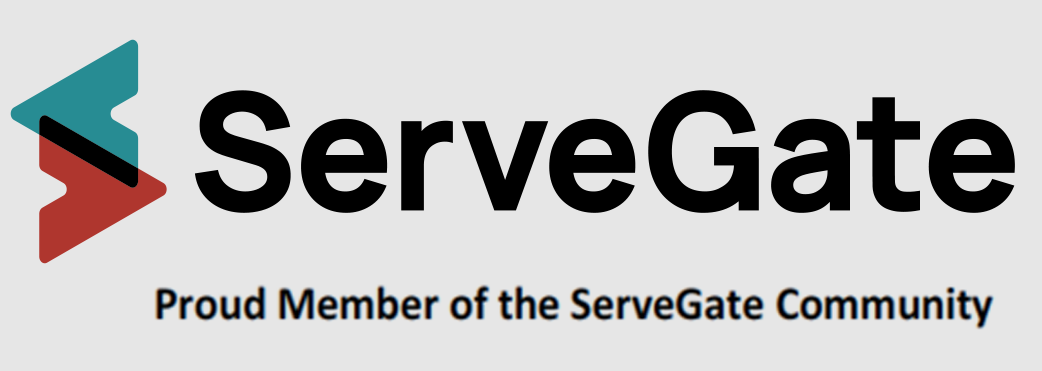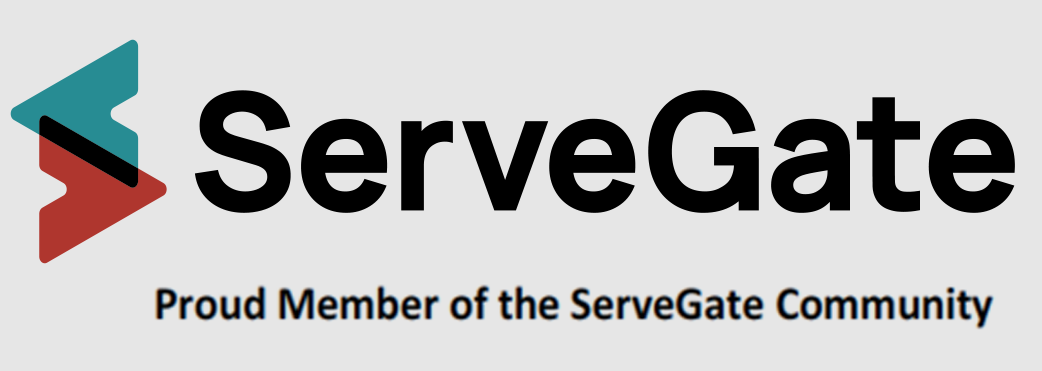Training and Education
Learning theories are ideas about how people learn1
They focus on the process of learning and what happens in the learner’s mind during this process. Examples include behaviourism, cognitivism, and constructivism1. Here is a quick explanation of each but remember there have been books and papers and literally thousands of web pages written on these.
Behaviourism emerged in the early 1900s. It is the theory that all behaviours are learned through interaction with your environment1. A dog learns to sit on command when it associates a particular behaviour after receiving a treat.
Cognitivism gained weight in the 1950s with a focus on learning occurred through focuses on the internal processes of learning thinking, memory, and problem-solving. Like solving a puzzle, you use your existing knowledge and problem-solving skills to figure out where each piece goes.2
Constructivism developed as a new learning theory in the 1980s. Learners actively construct their own understanding and knowledge through experiences3. Think a Lego model without instructions. You experiment and learn from trial and error until you build something that makes sense to you3.
Okay, so what about connectivism?
Connectivism is a contemporary learning theory that emerged in response to our digital age. As a learning theory, it can be explained in three aspects.
1. Learn from many sources not just one.
You can learn from more than one teacher, the best of subject matter experts, watching, listening, and engaging with multimedia, asking others and even from Google.
2. Learn together or collaboratively.
You and others can learn together using technology to team up, learn from others, and share your learning either in real time or asymmetrically.
3. Learn by leveraging technology.
It’s a no-brainer, a picture is worth a thousand words in a textbook. Technology whether video, multimedia, simulations, and even virtual reality make learning easier, reduce cognitive load, and communicate difficult to teach concepts far more effectively than the traditional instructional method.
References
(1) Connectivism: 21st Century’s new learning theory. European Journal of Open, Distance and e‐Learning – Vol. 16 / No. 2
(2) 2021 Census data shows Australia going high tech | Australian Bureau of https://www.abs.gov.au/media-centre/media-releases/2021-census-data-shows-australia-going-high-tech
(3) Evaluating the evidence for educational technology - Part 2. https://www.aitsl.edu.au/research/spotlights/evaluating-the-evidence-for-educational-technology-part-2-enabling-learning
Spinifex acknowledges the Aboriginal and Torres Strait Islander peoples as First Australians and recognises their culture, history, diversity and their deep connection to the land. We acknowledge that Spinifex operates on the land of the Traditional Custodians and pay respect to their Elders past, present and emerging.


